It might sound shocking, but 2020 hasn’t been all terribly wrong. Because of that, in this article, we’d like to shed some light on a thing that happened this year and was actually pretty damn great. The thing we’re talking about has something to do with the tiny cutie you can see in the photos below.
This precious fur-ball is called the Somali elephant shrew (or Somali sengi) and he’s just been rediscovered in Africa after 50 years of obscurity. Yes, for 50 years straight, we all thought that this species of elephant shrew had gone extinct and left the earth for good.
The Somali elephant shrew has been rediscovered in Africa after being off the radar since 1968
Image credits: zoofanatic
This adorable little baby was found safe and sound in Djibouti, a country in the Horn of Africa, by a group of scientists.
The scientists had heard reports of mysterious sightings in Djibouti, so they decided to go there and see for themselves.
In total, the crew saw 12 Somali elephant shrews during their expedition
Image credits: Smithsonian’s National Zoo
“We did not know which species occurred in Djibouti and when we saw the diagnostic feature of a little tufted tail, we looked at each other and we knew that it was something special,” Steven Heritage, a research scientist at the Duke University Lemur Center, told BBC.
In order to catch these Somali elephant shrews, researchers set up more than 1,000 traps at 12 locations. To lure these cuties in, they used a mixture of peanut butter, oatmeal, and yeast.
“We were really excited and elated when we opened the first trap that had an elephant shrew in it, a Somali sengi”
Image credits: Mallory Lindsay
It’s worth mentioning that the people living in Djibouti never considered these sengis to be missing, though this rediscovery brings the Somali sengi back into the scientific community.
“This is a welcome and wonderful rediscovery during a time of turmoil for our planet, and one that fills us with renewed hope for the remaining small mammal species on our most-wanted list, such as the DeWinton’s golden mole, a relative of the sengi, and the Ilin Island cloud runner,” Steven Heritage told BBC.
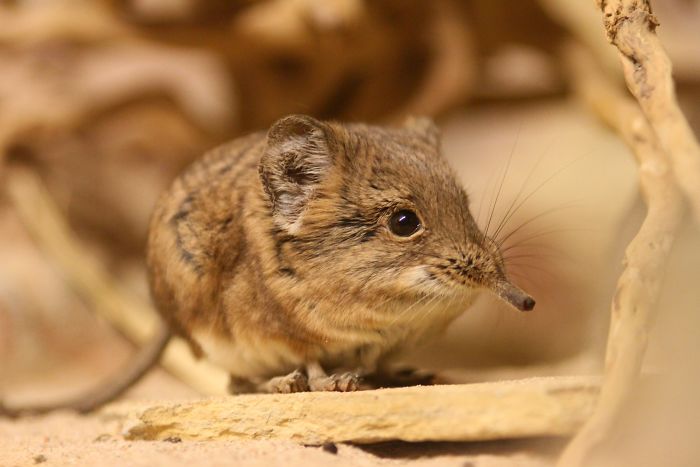
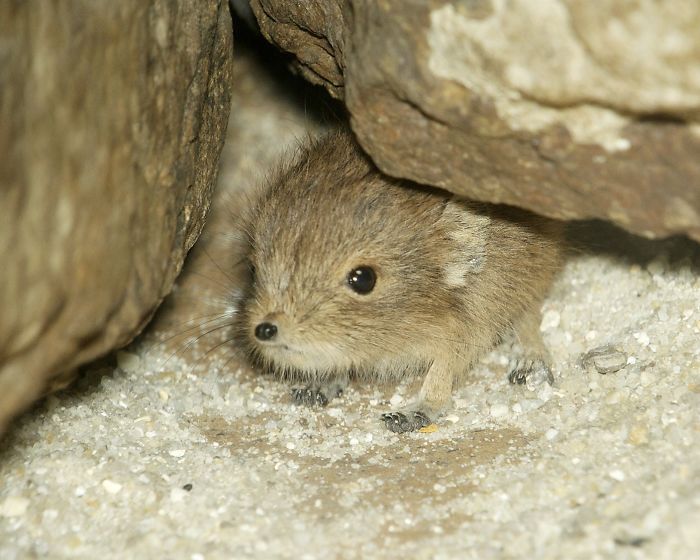
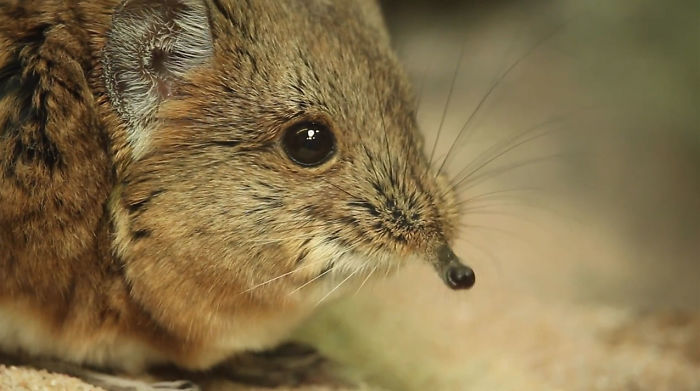
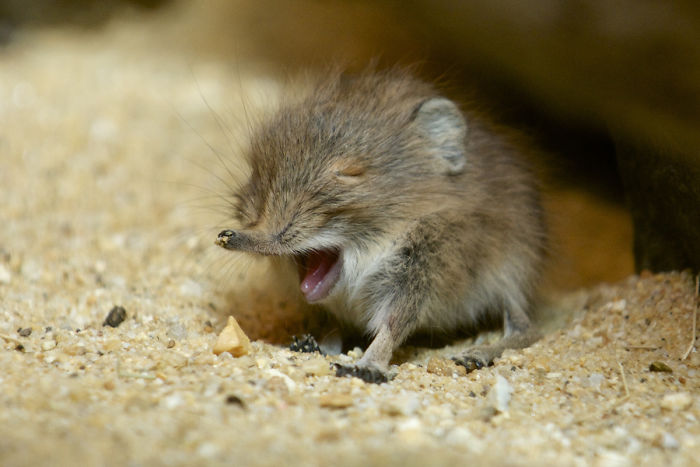

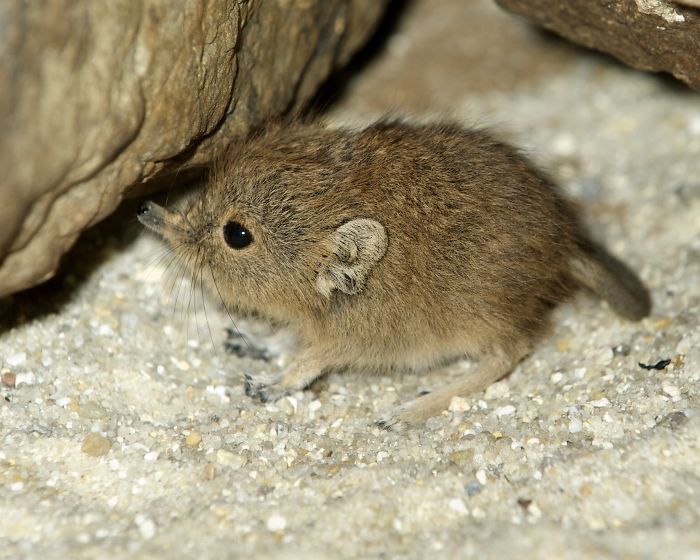









No comments:
Post a Comment